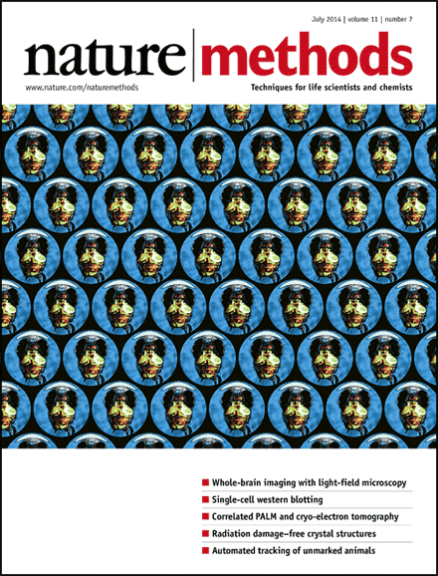Category: New publication
May 18, 2015
Together with our colleagues at the Institute for Biophysical Dynamics at the University of Chicago, we have developed a method…May 18, 2015
Together with our collaborator Markus Arndt we published in Analytical Chemistry on how to improve Laser-induced acoustic desorption (LIAD) for…February 3, 2015
Motors proteins of the conserved kinesin-14 family have important roles in mitotic spindle organization and chromosome segregation. Previous studies have…January 12, 2015
Our recent paper "Optimizing and extending light-sculpting microscopy for fast functional imaging in neuroscience" on the improvement of our previously published…May 30, 2014
"The Economist" describes the open worm project on this website and mentions our recently published technique as a crucial step…





